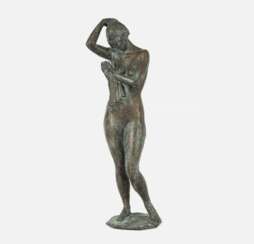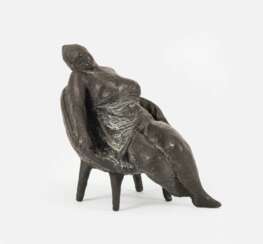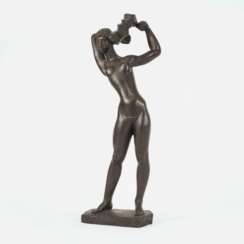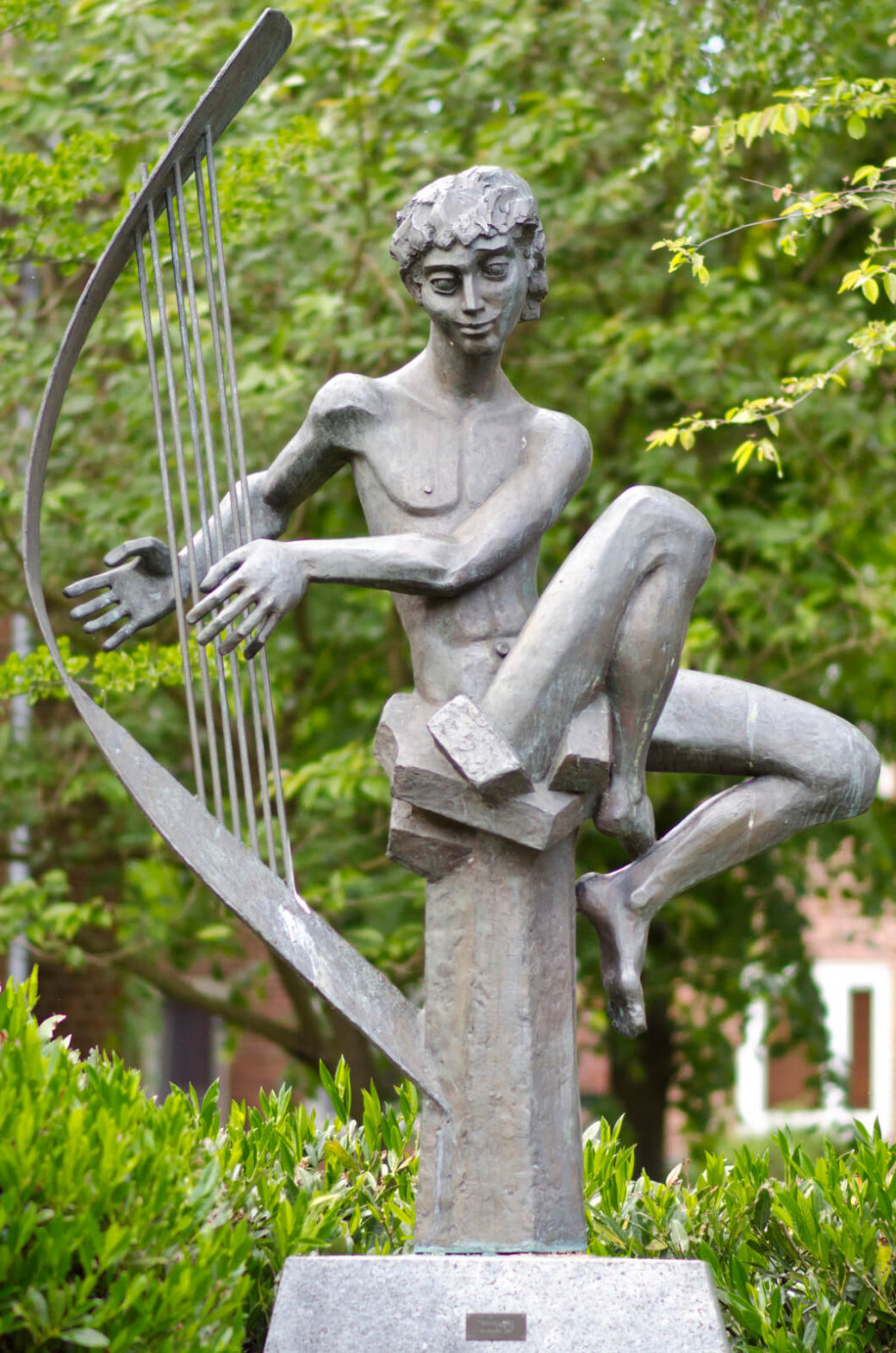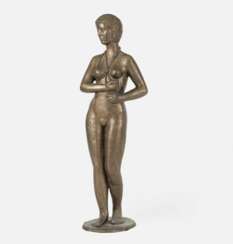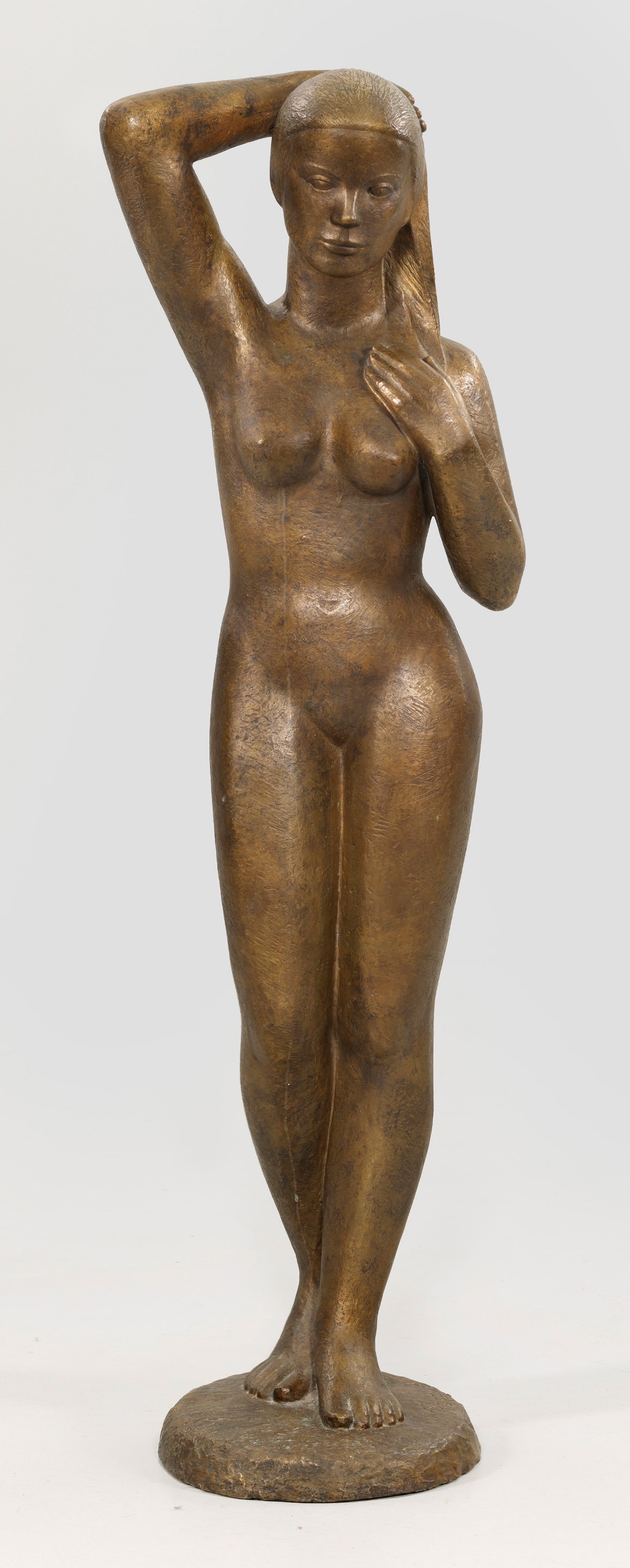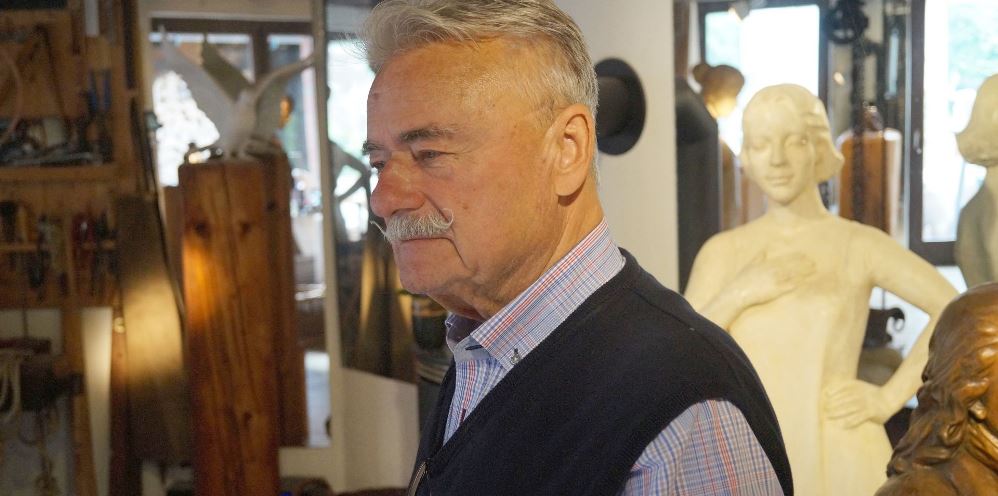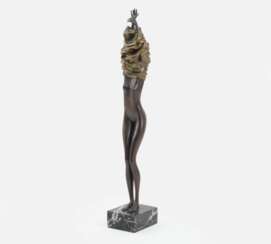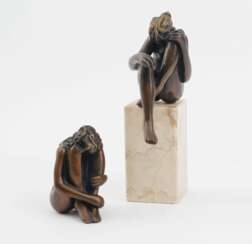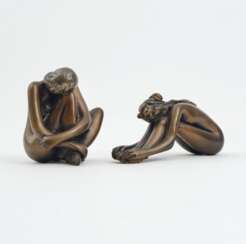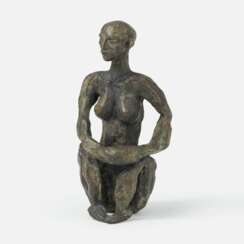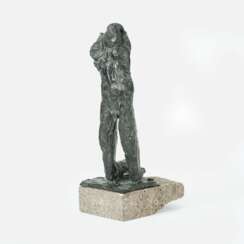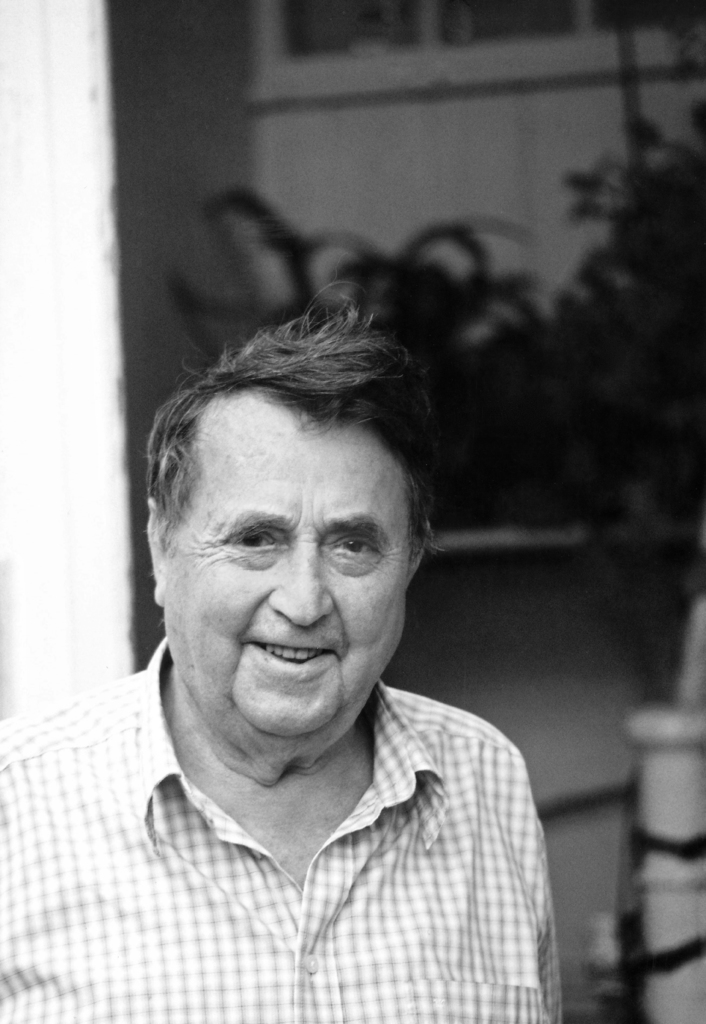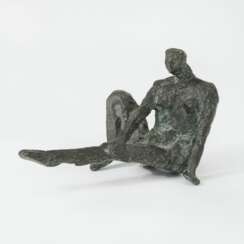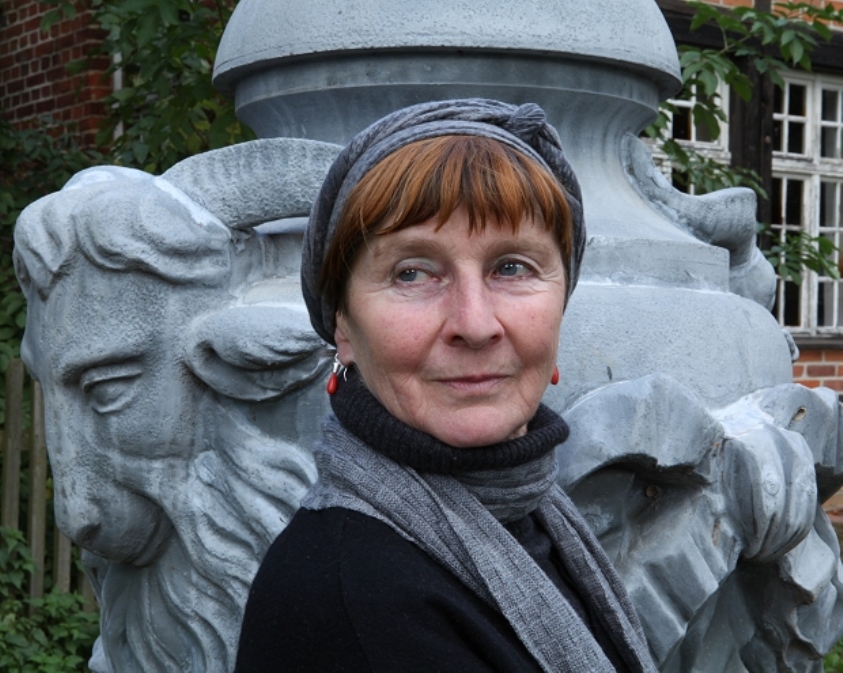
Sculptures and Bronzes — Kunst Auktion
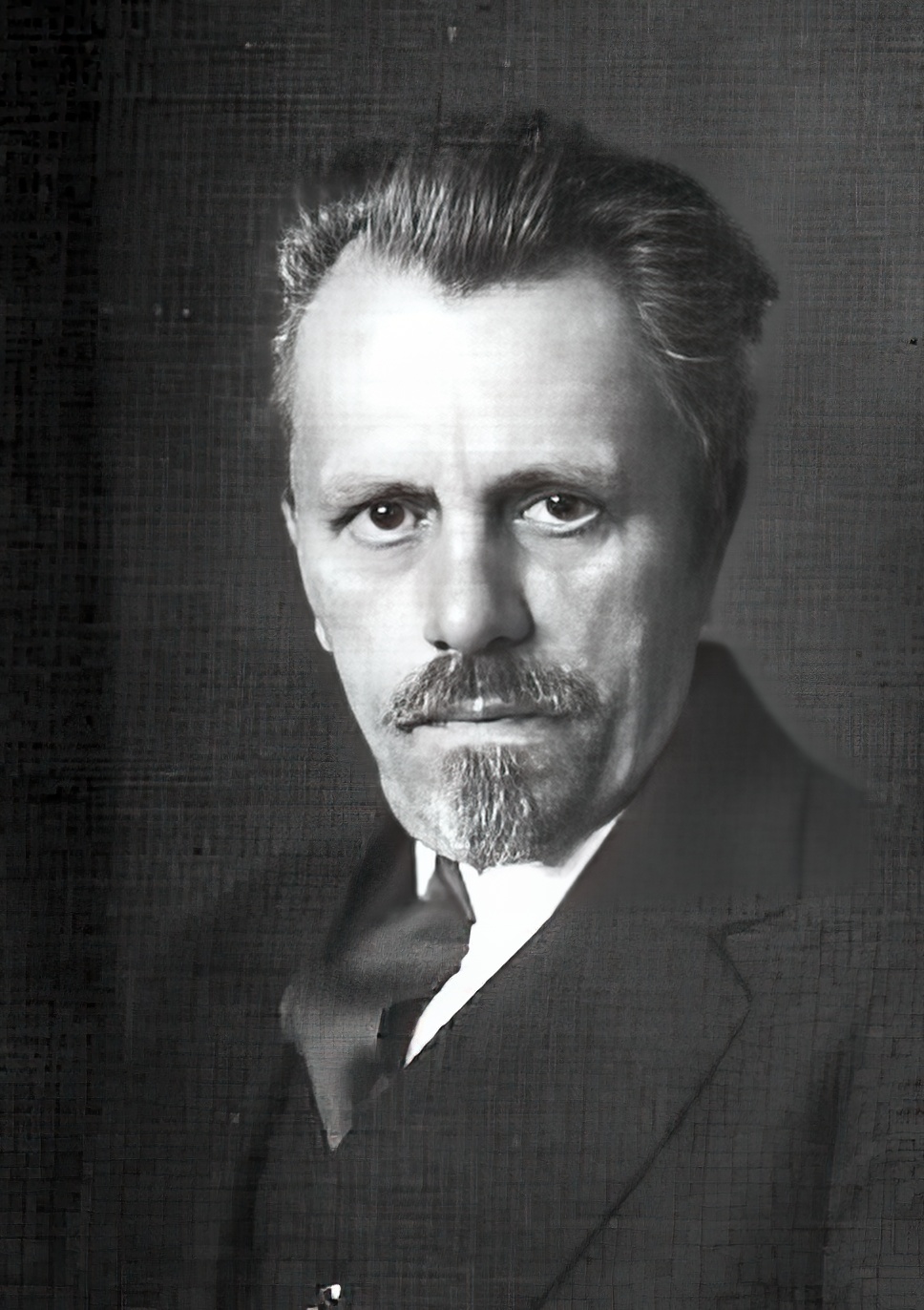
Arthur Wilhelm Otto Lewin-Funcke, originally Arthur Levin was a German sculptor and medallist. Lewin was his father's name, and Funcke his mother's maiden name.
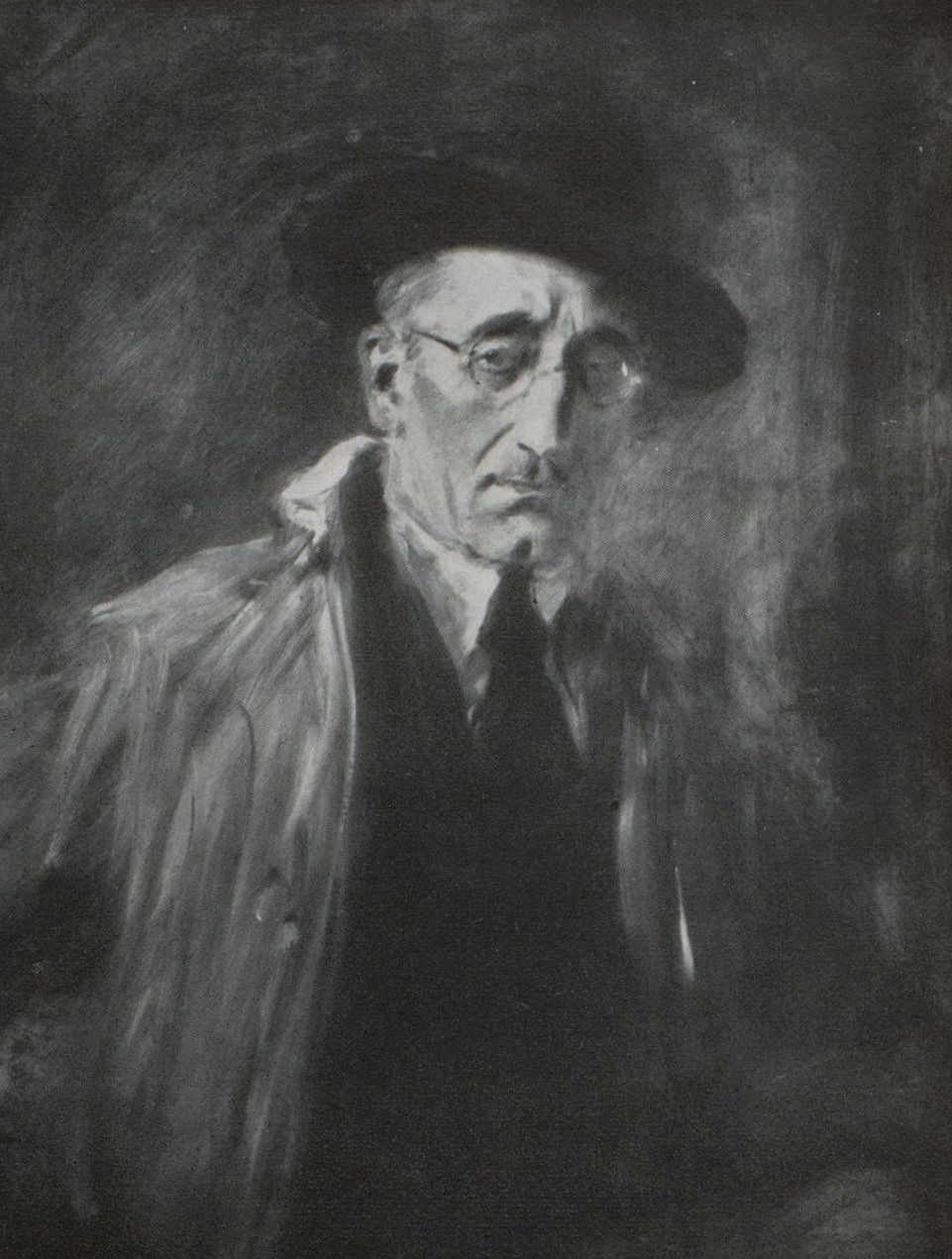
Ferdinand Liebermann was a German sculptor.
Liebermann studied sculpture at the School of Arts and Crafts and at the Academy in Munich with Heinrich Wadere. After additional studies in Rome and Paris, he opened his studio in Munich in 1910 and was awarded the Grand Austrian State Medal in gold for a small bronze the same year. In 1926 he became professor of monumental and portrait sculpture in Munich.
Ferdinand Liebermann's works include numerous sculptures of buildings, monuments and fountains, and he was also one of the most important figure designers for the Rosenthal manufactory.
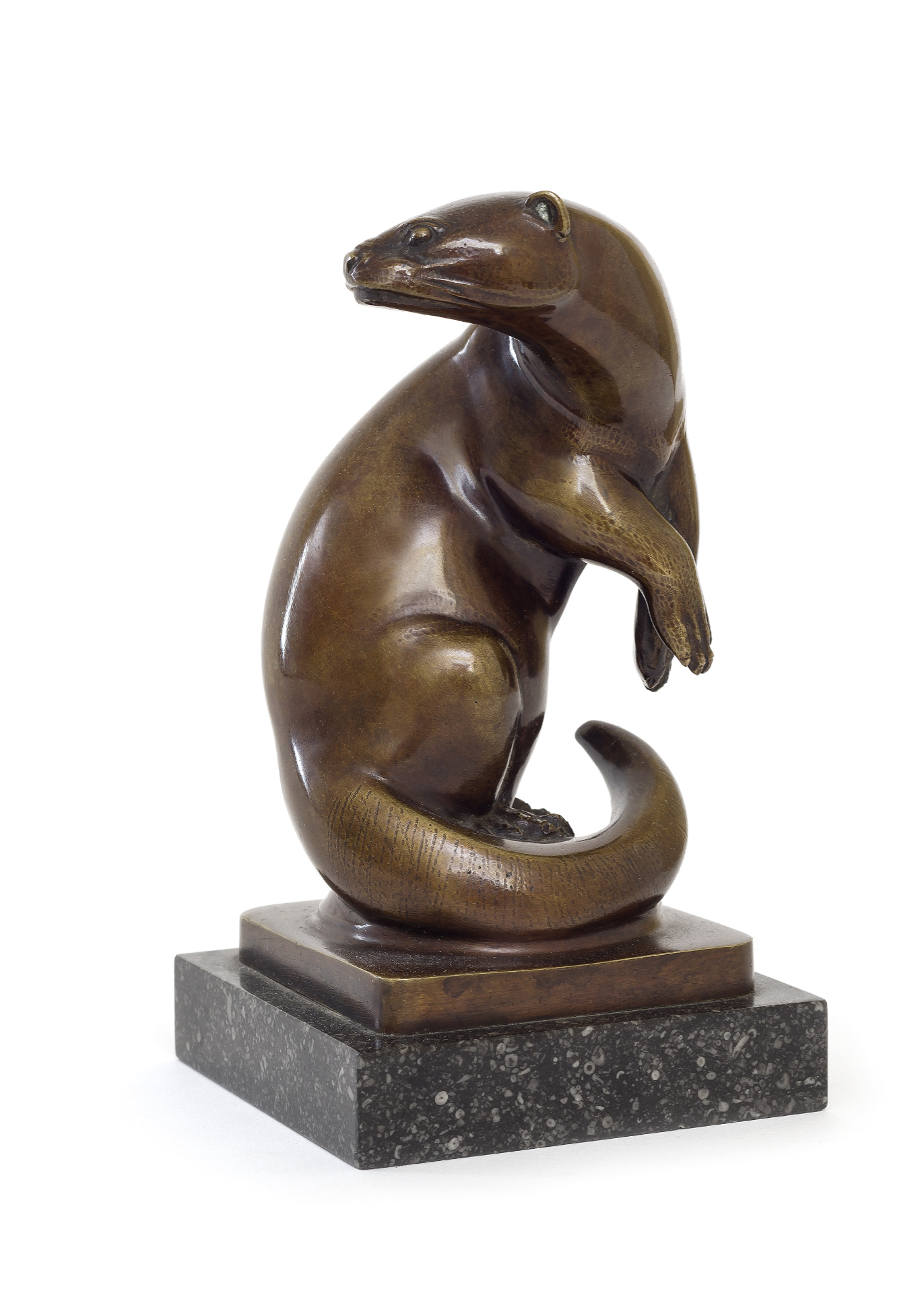
Max Esser was a German sculptor and designer, celebrated for his intricate animal sculptures and porcelain figurines. Born in 1885, Esser's career was marked by his detailed and lifelike representations of animals, which garnered significant acclaim and recognition in the art world.
Max Esser's education at the Kunstgewerbemuseum Berlin and the Berlin Art Academy honed his skills in sculpture, leading to regular exhibitions at the Great Berlin Art Exhibition from 1906. His works, often characterized by their expressive nature and technical precision, reflect his deep understanding of animal anatomy and movement.
Several of Max Esser's works are held in prestigious collections, such as the Metropolitan Museum of Art. Notably, his chess set at the Met, featuring materials like silver, ivory, and ebony, showcases his versatility and craftsmanship. This set is adorned with zodiac and astrological symbols, adding a layer of depth and intrigue to each piece.
Max Esser's works have also been featured in numerous auctions, with pieces like his bronze birds and Meissen porcelain figurines achieving significant attention and high bids. His 'Eagle' figurine for Meissen, made in 1931, is a testament to his skill with porcelain, capturing the majesty and fierceness of the eagle in a delicate medium.
For collectors and experts in art and antiques, the works of Max Esser offer a blend of historical value and exquisite artistry. His contributions to porcelain art and animal sculpture remain influential, continuing to inspire admiration and scholarly interest.
To stay informed about upcoming sales and auction events featuring Max Esser's work, sign up for our newsletter. This subscription is an essential resource for collectors keen on acquiring pieces by renowned artists like Esser.
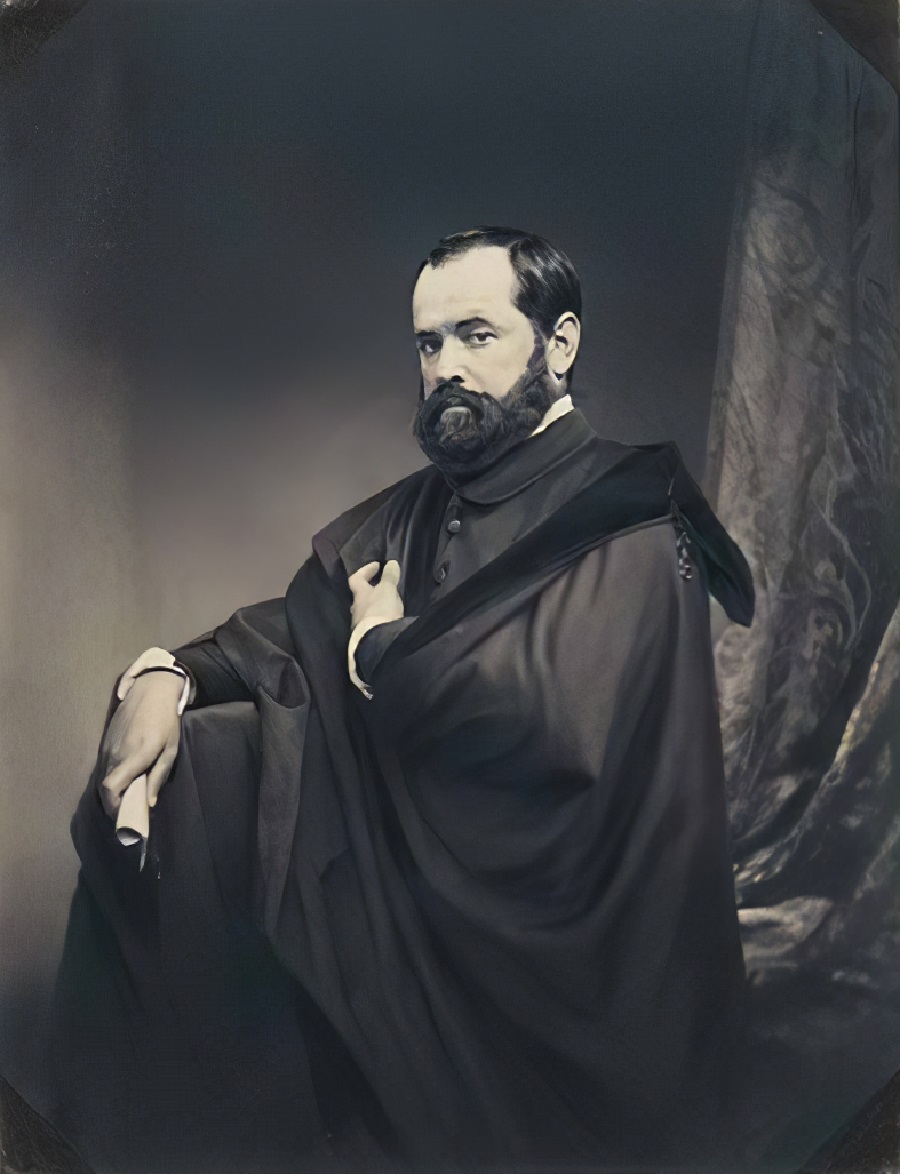
Ernst Julius Hähnel was a German sculptor, professor at the Dresden Academy of Arts.
His main interest for Ernst Hähnel was portraiture. His statues show a clear idealisation of his heroes in the spirit of the ancient tradition.
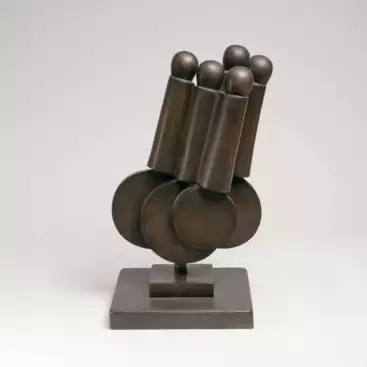
Georg Engst was a German sculptor.
Engst preferred to work in wood, stone and bronze, but also in aluminium, concrete and glass. Much of his artistic work from the mid-1950s onwards is abstract-geometric in character, initially in the form of inlaid panels and inlaid walls made of wood, for example for a commission for the conference room of the Regional Church Office in Hanover in 1957.

Georg Engst was a German sculptor.
Engst preferred to work in wood, stone and bronze, but also in aluminium, concrete and glass. Much of his artistic work from the mid-1950s onwards is abstract-geometric in character, initially in the form of inlaid panels and inlaid walls made of wood, for example for a commission for the conference room of the Regional Church Office in Hanover in 1957.
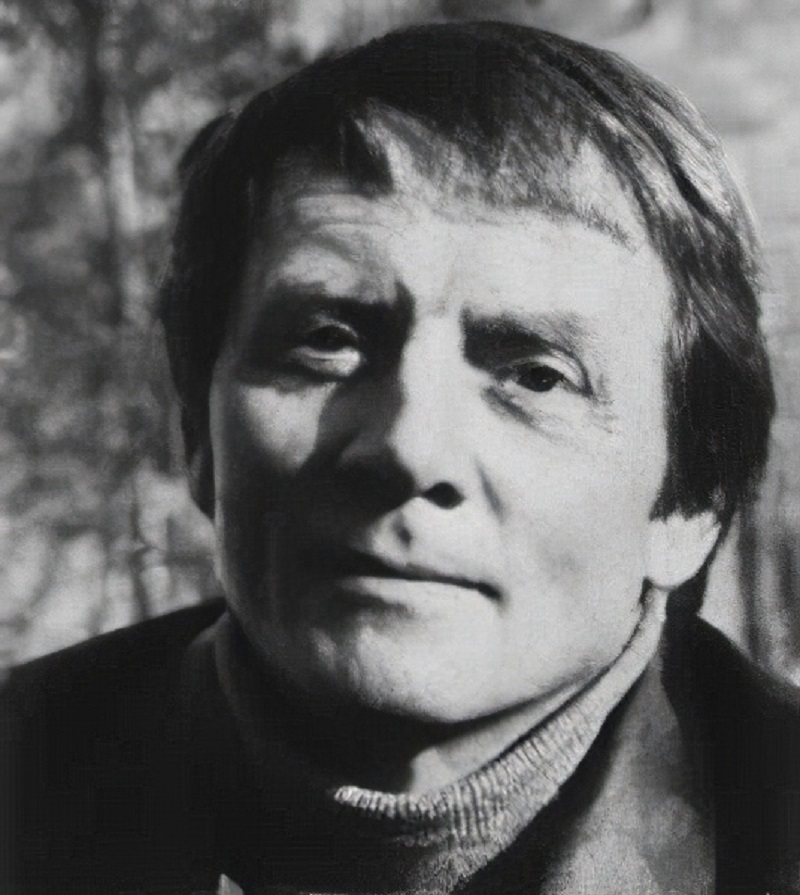
Fritz Fleer is a German painter and sculptor. He studied at the Hamburg University of Fine Arts in the class of Edwin Paul Scharf.
As independent artist, Fritz Fleer has been creating works for urban planning since the 1950s; in Hamburg he was commissioned for 17 sculptures by the municipal housing company SAGA.

Fritz Fleer is a German painter and sculptor. He studied at the Hamburg University of Fine Arts in the class of Edwin Paul Scharf.
As independent artist, Fritz Fleer has been creating works for urban planning since the 1950s; in Hamburg he was commissioned for 17 sculptures by the municipal housing company SAGA.
 Фриц Кремер. Портретная фотография.jpg)
Fritz Cremer was a German sculptor, graphic artist, and teacher, renowned for his powerful memorials commemorating the victims of fascism, particularly those in concentration camps like Buchenwald, Ravensbrück, and Mauthausen. Born in Arnsberg an der Ruhr in 1906, Cremer's journey into the arts began with an apprenticeship to a marble maker, followed by formal education at the Higher School of Fine Arts in Charlottenburg. His early engagement with the Communist Party in 1929 marked the start of a lifelong commitment to anti-fascist and political themes in his work.
Cremer's works defy easy categorization. They span a broad range of subjects, from the deeply political to the profoundly personal, including acts and lovers that express erotic sensuality and tenderness. His style, neither fully modern nor socialist realist, aimed at capturing the "mentalic constitution" of his subjects, often emphasizing their physical irregularities to break from idealized representations. Cremer's most notable works include the Buchenwald Monument and "O Deutschland, bleiche Mutter" at Mauthausen, as well as other significant memorials across Germany, Austria, and the USA.
Throughout his career, Cremer was celebrated for his contributions to art and society, receiving accolades such as an invitation to documenta 6 in 1977 and the Stiftung Bremer Sculptor’s Prize in 1992. He passed away in Berlin in 1993, leaving behind a legacy that continues to be studied and admired.
For collectors and experts in art and antiques, Fritz Cremer's works offer a profound exploration of human resilience, suffering, and solidarity. His memorials serve as powerful reminders of history's darkest chapters and the enduring spirit of those who resist oppression. To stay informed about exhibitions and auctions featuring Fritz Cremer's works, sign up for updates and ensure you don't miss the opportunity to engage with the legacy of this pivotal artist.
 Фриц Кремер. Портретная фотография.jpg)
Fritz Cremer was a German sculptor, graphic artist, and teacher, renowned for his powerful memorials commemorating the victims of fascism, particularly those in concentration camps like Buchenwald, Ravensbrück, and Mauthausen. Born in Arnsberg an der Ruhr in 1906, Cremer's journey into the arts began with an apprenticeship to a marble maker, followed by formal education at the Higher School of Fine Arts in Charlottenburg. His early engagement with the Communist Party in 1929 marked the start of a lifelong commitment to anti-fascist and political themes in his work.
Cremer's works defy easy categorization. They span a broad range of subjects, from the deeply political to the profoundly personal, including acts and lovers that express erotic sensuality and tenderness. His style, neither fully modern nor socialist realist, aimed at capturing the "mentalic constitution" of his subjects, often emphasizing their physical irregularities to break from idealized representations. Cremer's most notable works include the Buchenwald Monument and "O Deutschland, bleiche Mutter" at Mauthausen, as well as other significant memorials across Germany, Austria, and the USA.
Throughout his career, Cremer was celebrated for his contributions to art and society, receiving accolades such as an invitation to documenta 6 in 1977 and the Stiftung Bremer Sculptor’s Prize in 1992. He passed away in Berlin in 1993, leaving behind a legacy that continues to be studied and admired.
For collectors and experts in art and antiques, Fritz Cremer's works offer a profound exploration of human resilience, suffering, and solidarity. His memorials serve as powerful reminders of history's darkest chapters and the enduring spirit of those who resist oppression. To stay informed about exhibitions and auctions featuring Fritz Cremer's works, sign up for updates and ensure you don't miss the opportunity to engage with the legacy of this pivotal artist.
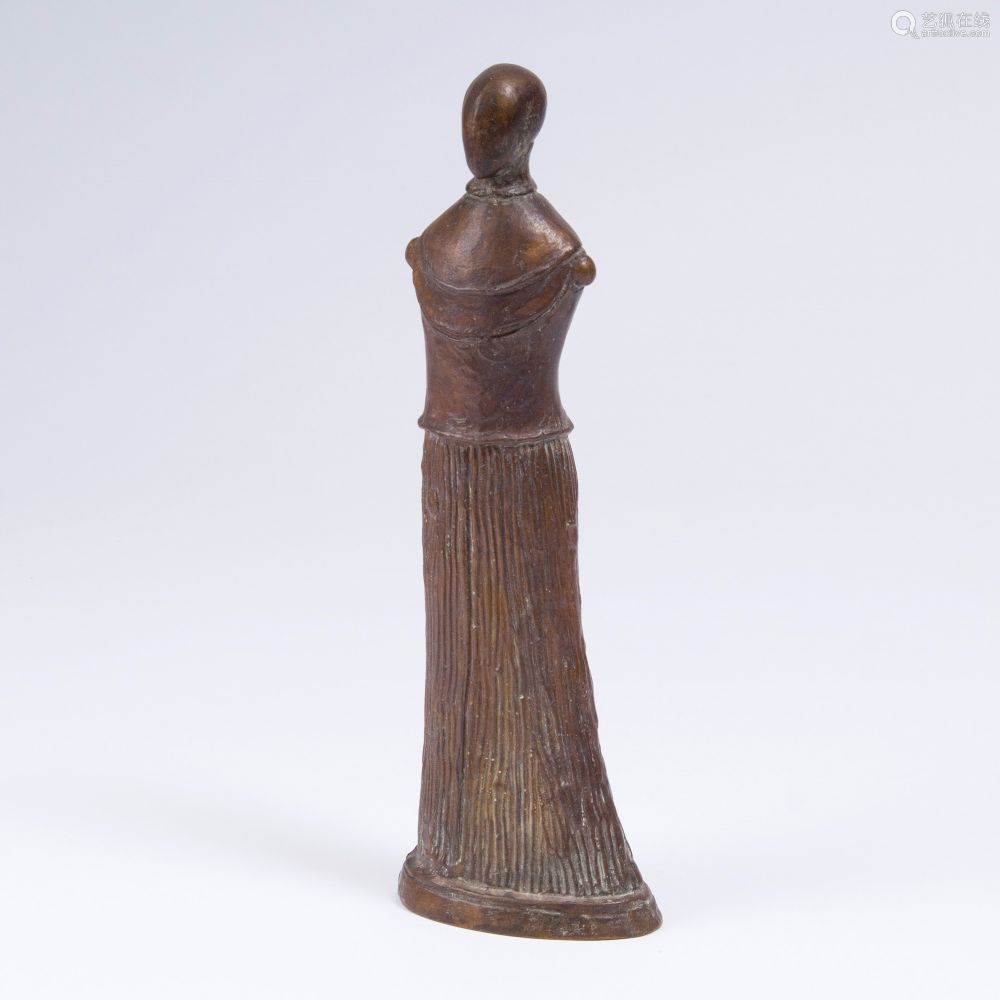
Edgar Augustin was a German painter and sculptor.
Augustin studied sculpture in Münster with Karl Ehlers, then was a pupil of the master Gustav Zeitz in Hamburg. His oeuvre includes partly abstract figurative representations in bronze, wood and plaster as well as paintings, drawings and graphics. Some of Edgar Augustine's sculptures are located in public spaces in Hamburg and other cities.
Edgar Augustin was a member of the Free Academy of Arts in Hamburg and the Special Association of Artists in Germany. In the second half of the 20th century, Augustin was one of the pioneers of figurative wood sculpture and is considered its most important representative.
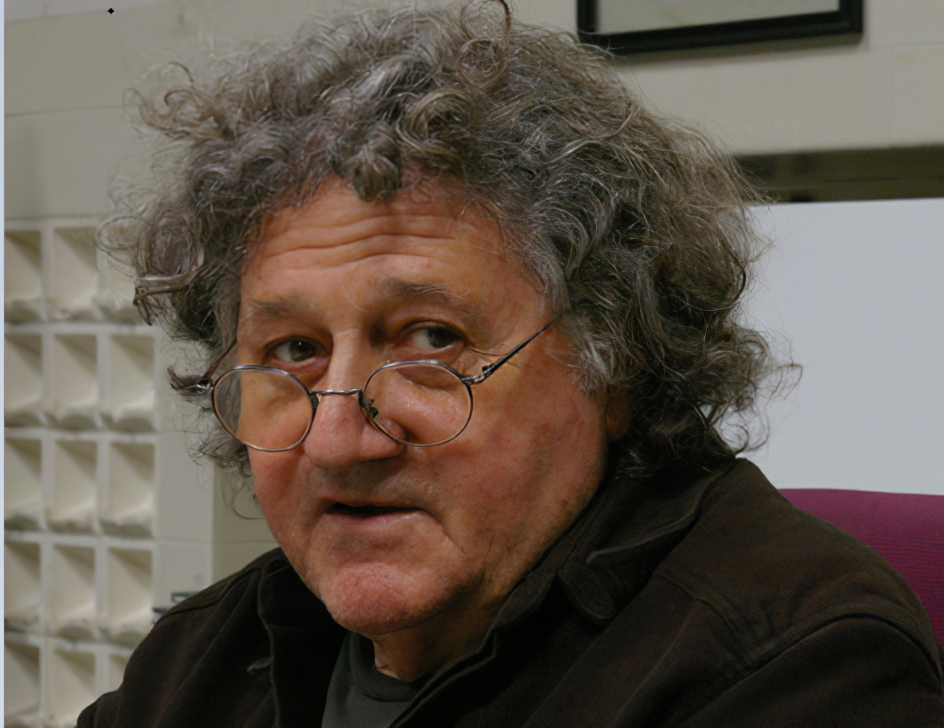
Bruno Bruni senior is an Italian lithographer, graphic artist, painter and sculptor. He became commercially successful in the 1970s. In 1977, he won the International Senefeld award for Lithography. He has since become one of the most successful Italian artists in Germany and one of Germany's best known lithographers.

Bruno Bruni senior is an Italian lithographer, graphic artist, painter and sculptor. He became commercially successful in the 1970s. In 1977, he won the International Senefeld award for Lithography. He has since become one of the most successful Italian artists in Germany and one of Germany's best known lithographers.

Bruno Bruni senior is an Italian lithographer, graphic artist, painter and sculptor. He became commercially successful in the 1970s. In 1977, he won the International Senefeld award for Lithography. He has since become one of the most successful Italian artists in Germany and one of Germany's best known lithographers.

Bruno Bruni senior is an Italian lithographer, graphic artist, painter and sculptor. He became commercially successful in the 1970s. In 1977, he won the International Senefeld award for Lithography. He has since become one of the most successful Italian artists in Germany and one of Germany's best known lithographers.

Bruno Bruni senior is an Italian lithographer, graphic artist, painter and sculptor. He became commercially successful in the 1970s. In 1977, he won the International Senefeld award for Lithography. He has since become one of the most successful Italian artists in Germany and one of Germany's best known lithographers.
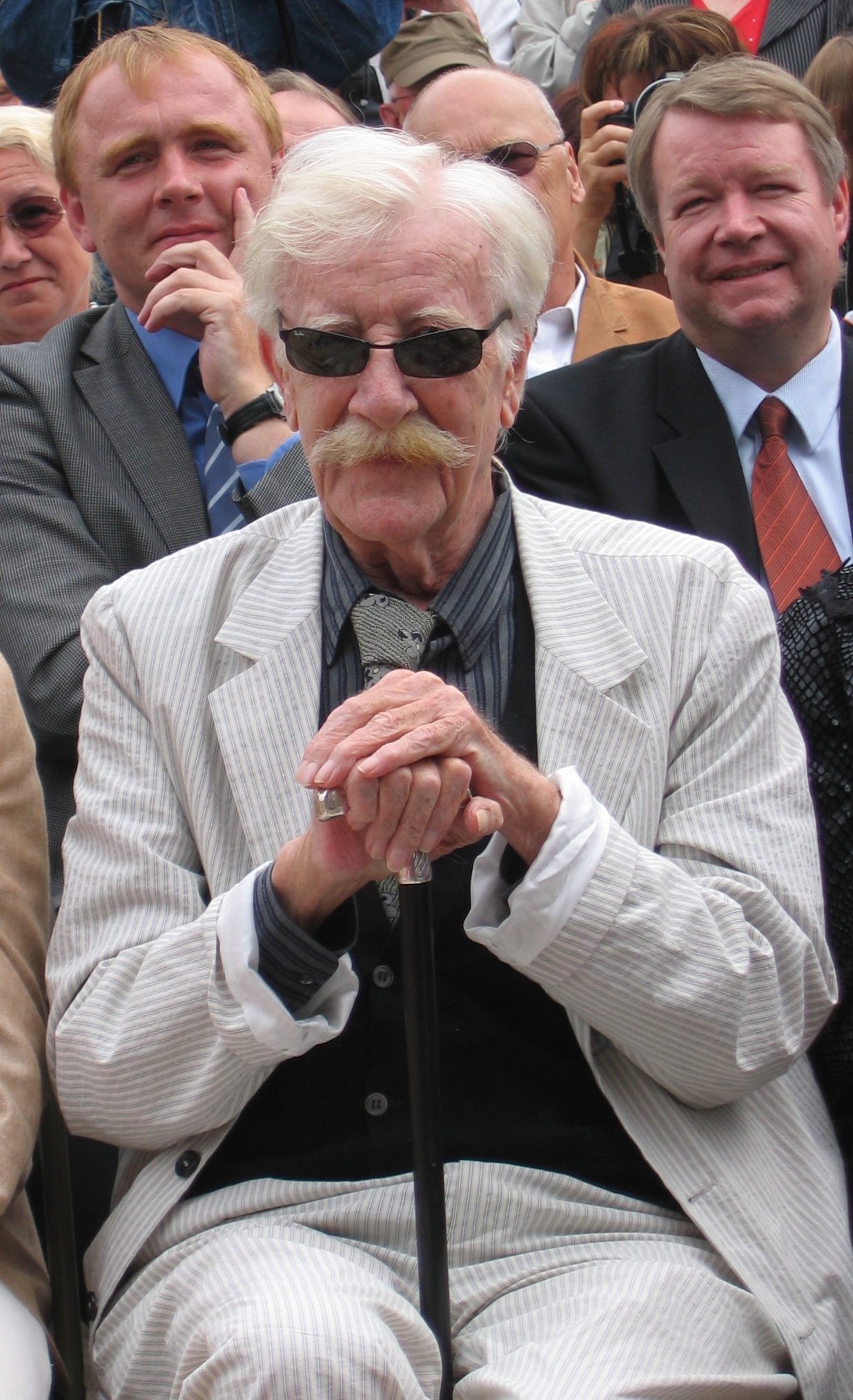
Paul Wunderlich was a German painter, sculptor and graphic artist. He designed Surrealist paintings and erotic sculptures. He often created paintings which referred to mythological legends.
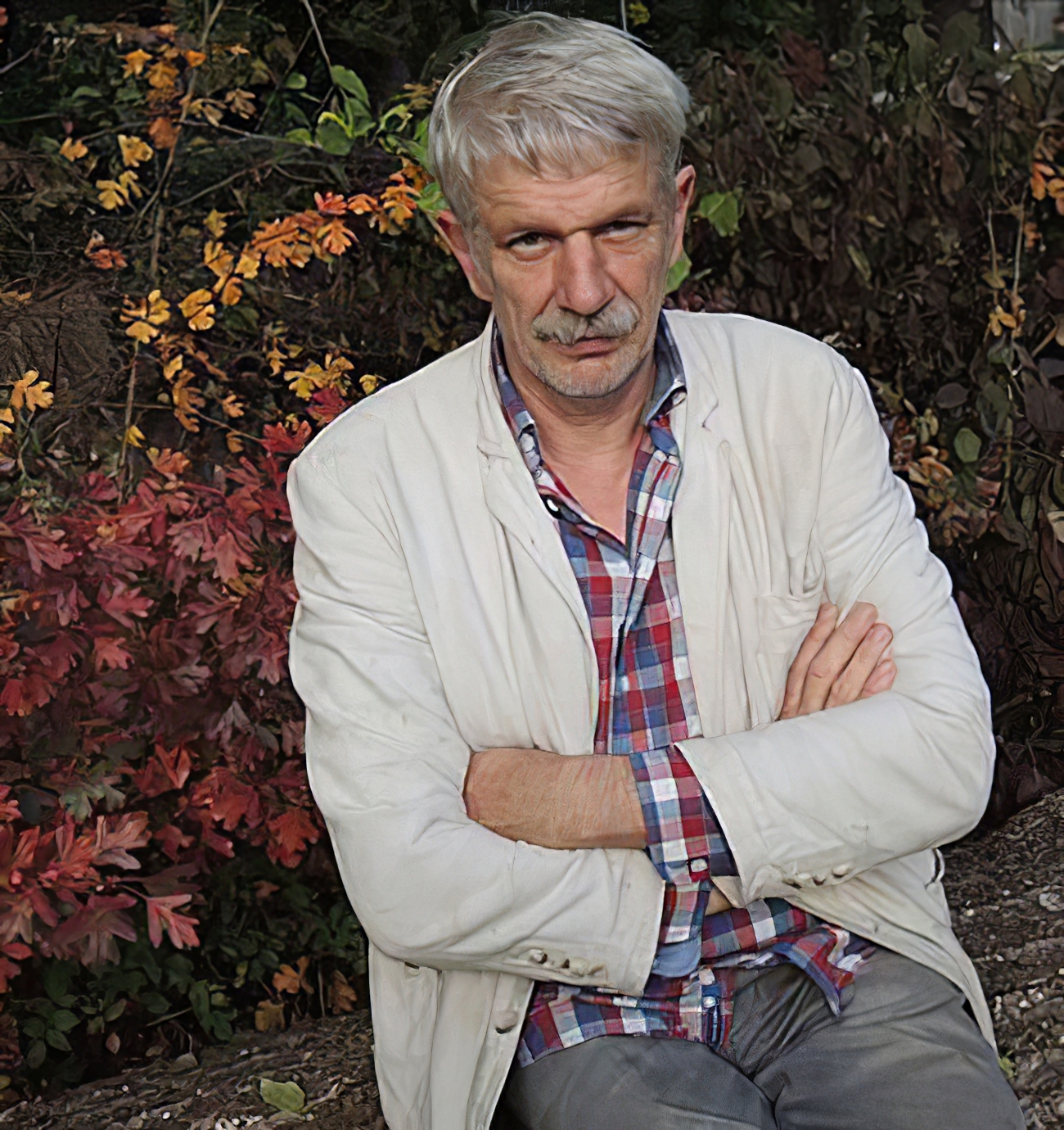
Dietrich Klinge is a German painter and sculptor.
He studied freehand drawing and sculpture at the Stuttgart State Academy of Fine Arts.
Dietrich Klinge became world famous primarily for his uniquely sculpted human figures. With his abstract-shaped forms he creates a peculiar pictorial world of solid figures, busts, heads and reliefs, the powerful presence of which derives from their existential expressiveness. Klinge brings to life, with great artistic originality, the timeless feelings and contradictory mental states of man.
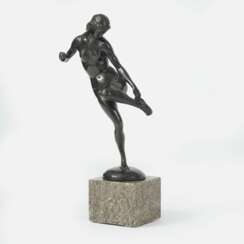

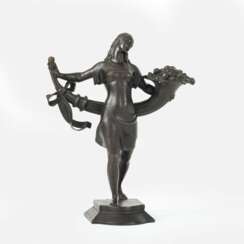

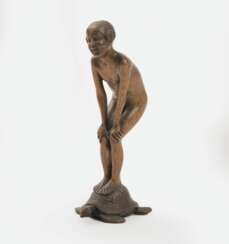

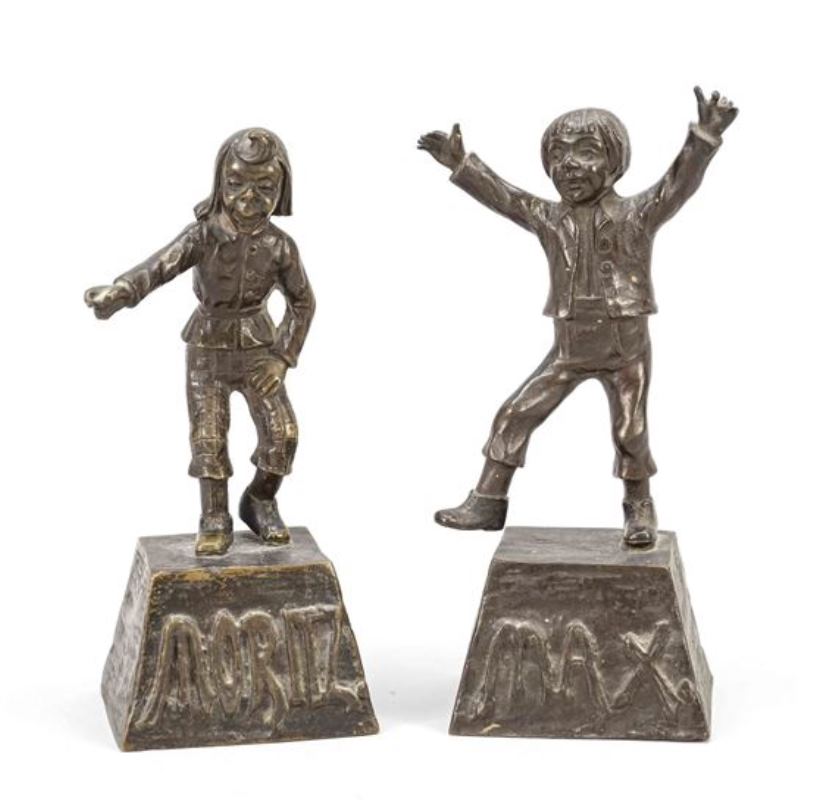
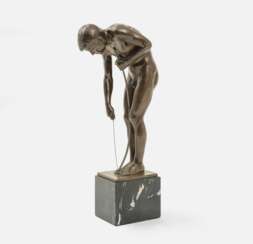

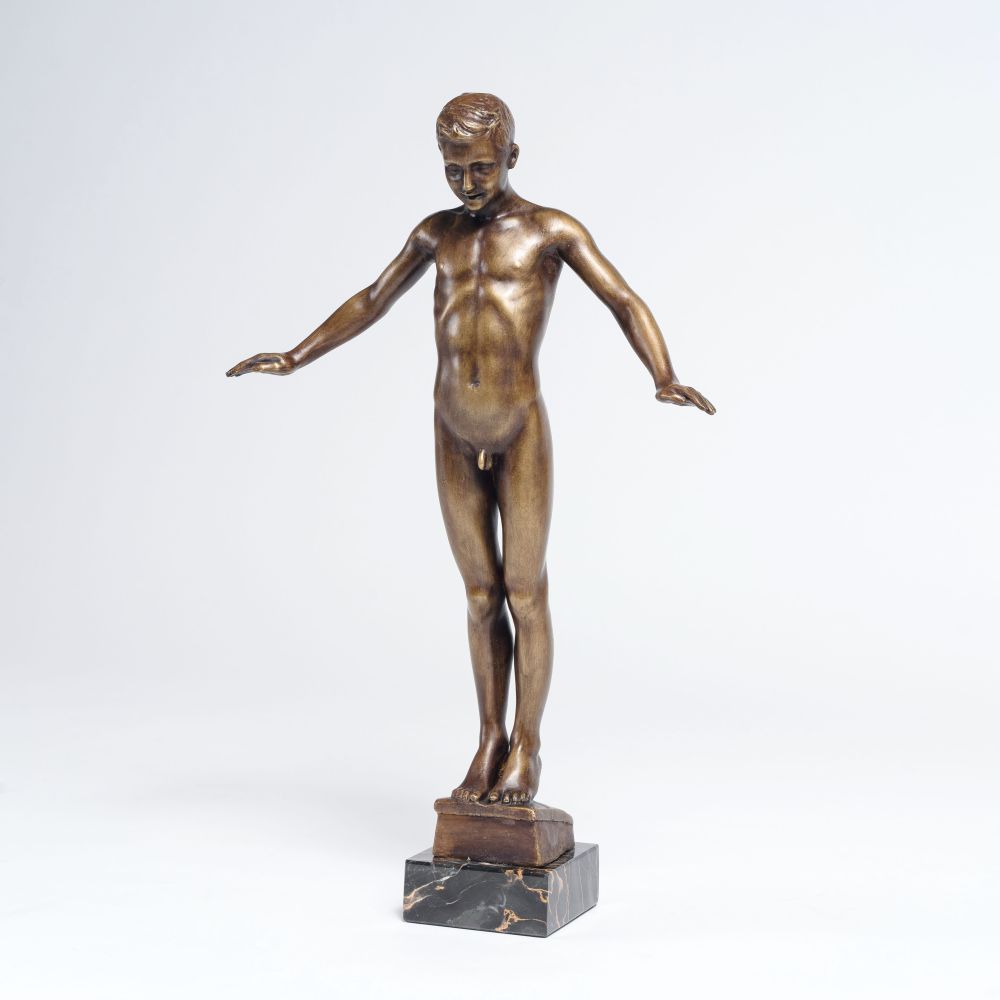





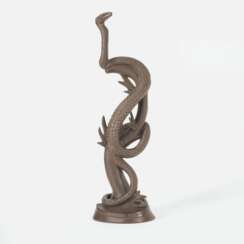

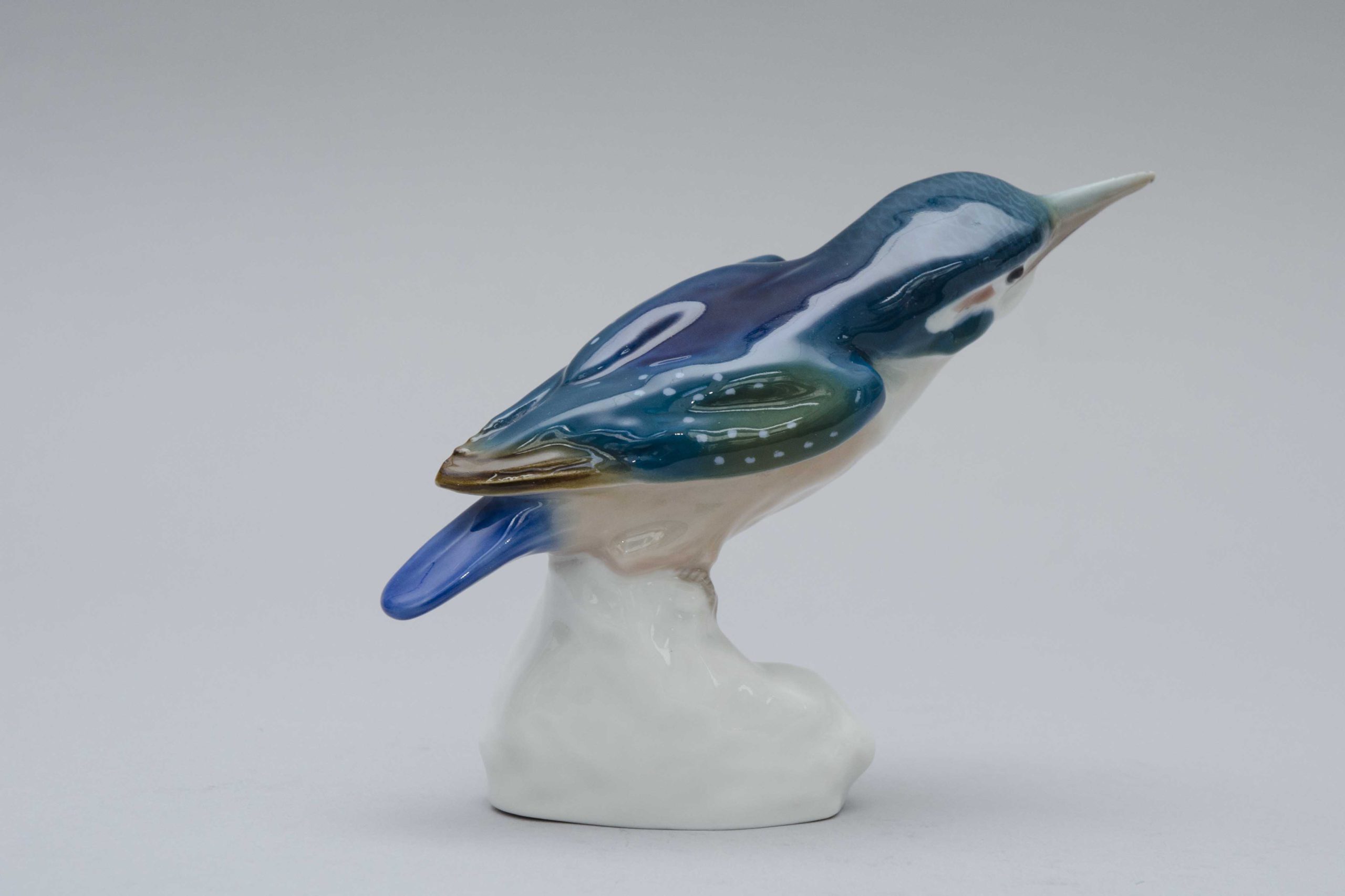
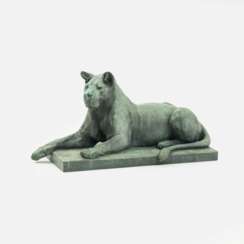



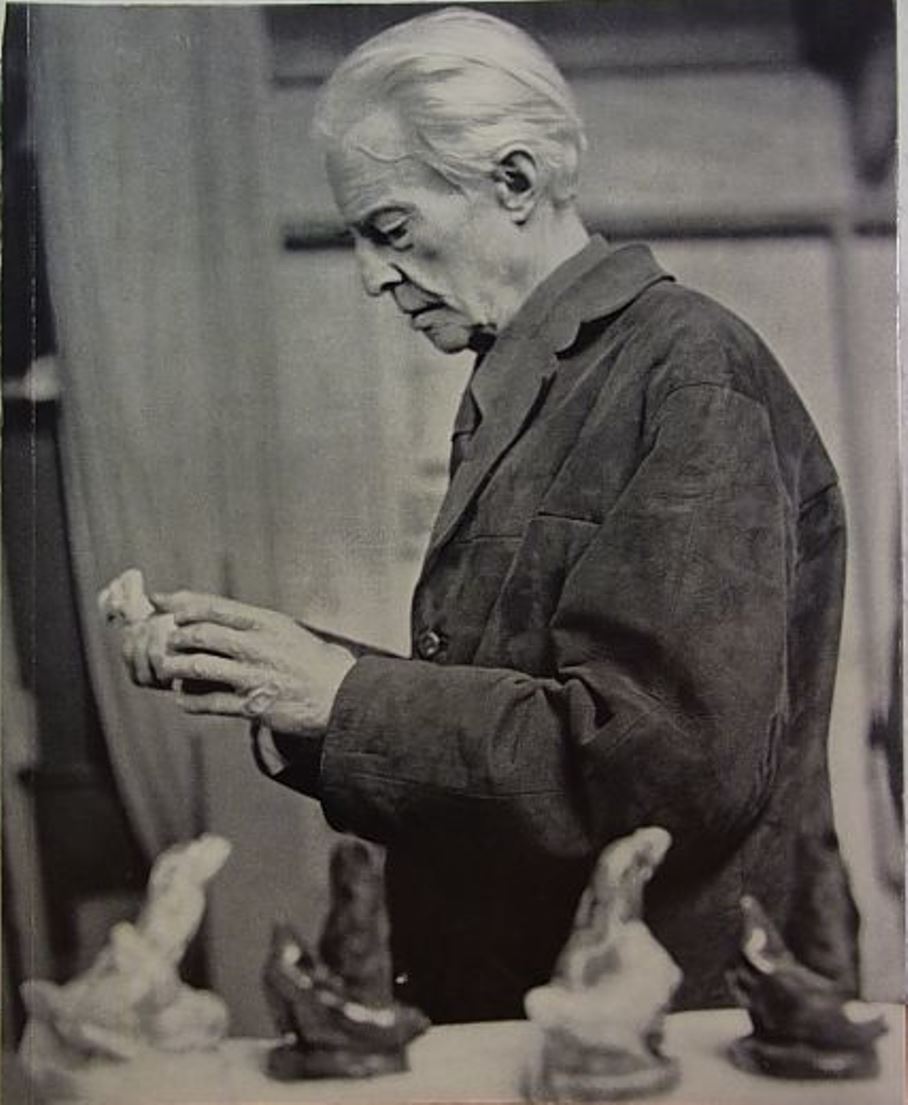
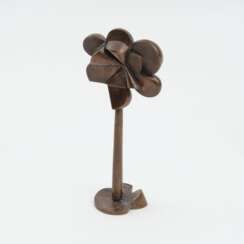

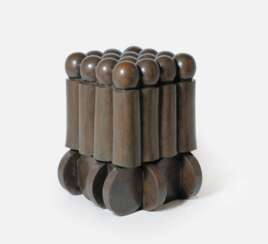

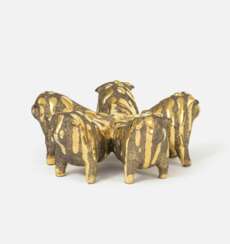

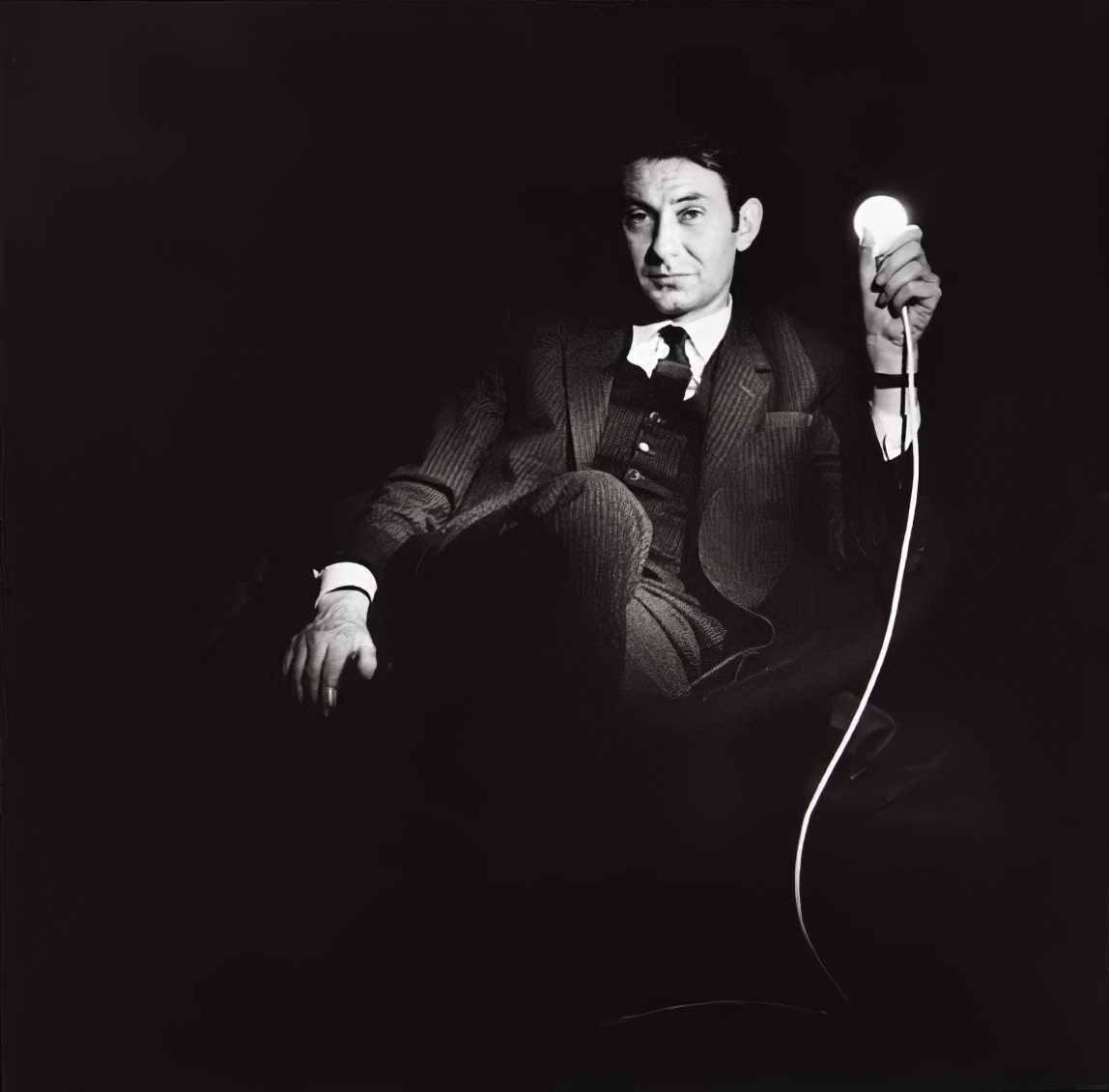






.jpg)
